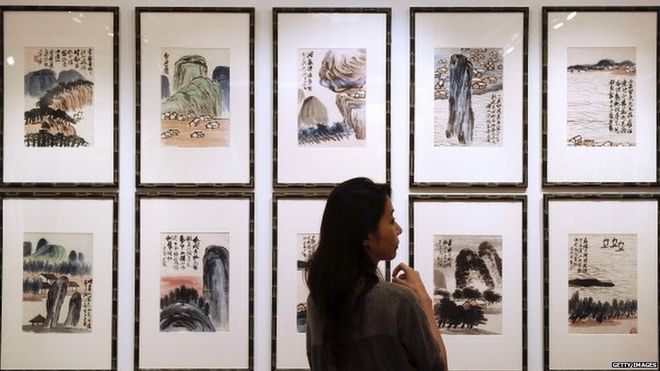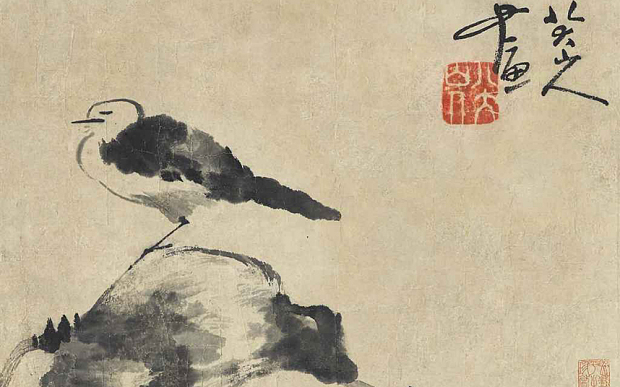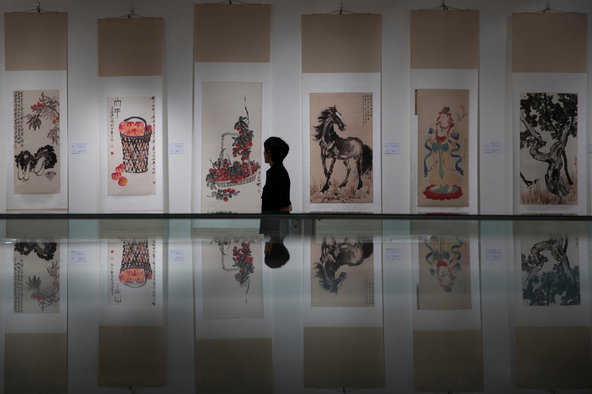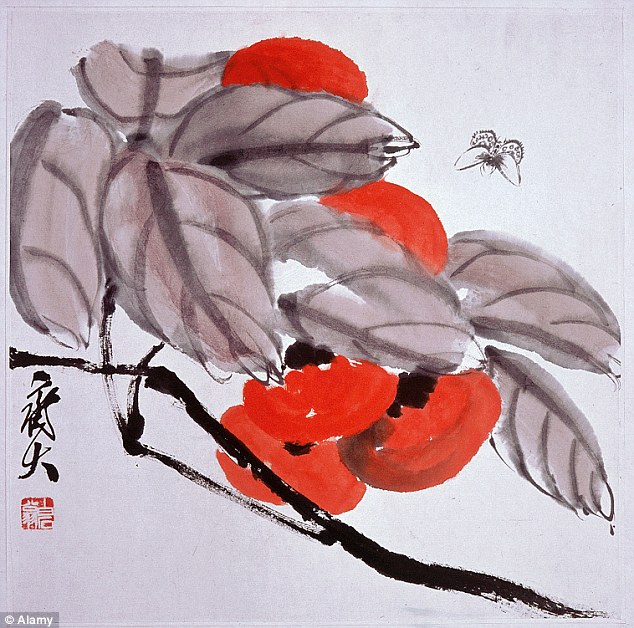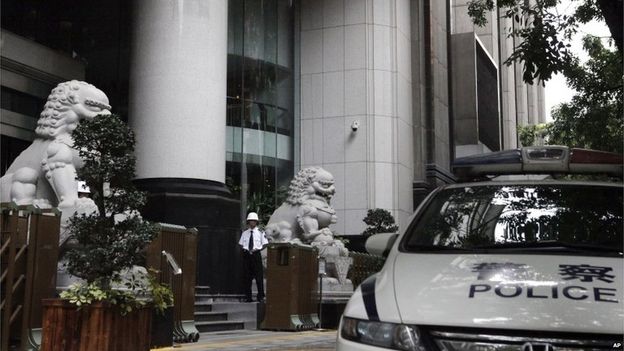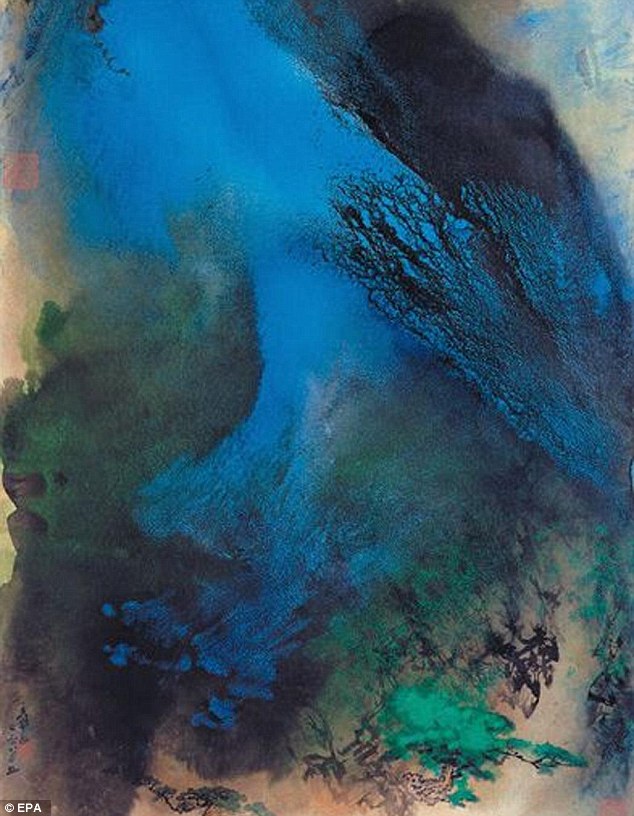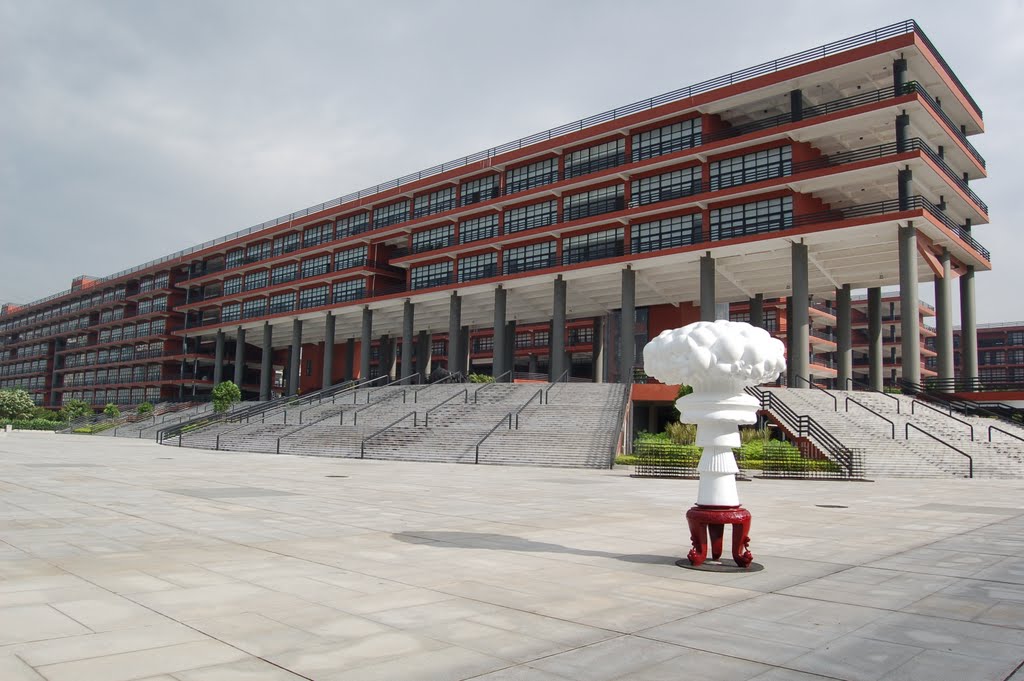Chinese Guy Faked 143 Paintings Worth RM64 Million And Nobody Knew For The Longest Time
Made in China...
In an audacious heist worthy of a Hollywood plot - a librarian at a leading Chinese fine arts gallery is accused of stealing 143 paintings by grandmasters and replacing them with his own forgeries
When Xiao Yuan took over as chief librarian at the Guangzhou Academy of Fine Arts he spotted a potentially lucrative sideline. In what was described as a “phenomenally extreme act of fakery” he began stealing and selling masterpieces, replacing them with his own replicas between 2004 and 2006.
The substituted art included landscapes and calligraphies by some of China’s most vaunted artists, including a work by Bada Shanren, “Rocks and Birds”, which is worth an estimated 45 million yuan (RM27 million).
So how did the 57-year-old manage to steal and replace the paintings with his fakes?
Works by Zhang Daqian (second from right) and Qi Baishi (left, second from left and third from left) that were forged
Image via NY TimesAs chief librarian he was privy to a set of master keys, giving him access to the gallery at weekends when it was closed to the public, according to Southern Daily, a state-run newspaper. This allowed Xiao to obtain the genuine paintings and replace them with his ersatz work unnoticed.
telegraph.co.ukHe began visiting the library on weekends, taking home works by famous painters such as Qi Baishi and Zhang Daqian, then copying them himself. He avoided the best-known works, including the more impressionistic paintings of the Lingnan School, which scholars at the institution knew well and were likely to be lent out for exhibitions.
Mr. Xiao purchased centuries-old blank paper and ink to render his forgeries and boasted that no one at the school’s library could tell the difference. “From then up to the present, no one else understood except me,” he said. “They just understood how to keep track of the numbers.”
Whats even more surprising was that Xiou's fake paintings were also being replaced with fakes. Yes folks, the circle of counterfeit paintings!
He told the court in his defense that the practice appeared to be rampant and the handling of such paintings was not secure. He said he noticed fakes already hanging in the gallery on his first day on the job. Later, after he replaced some of the remaining masters with his own fakes, he was surprised when he noticed his fake paintings were being substituted with even more fakes.
"I realized someone else had replaced my paintings with their own because I could clearly discern that their works were terribly bad," Xiao, told Guangzhou People's Intermediate Court, which posted a video of the two-hour hearing on its website.
Xiao said that he didn't know who had replaced his fakes, but that students and professors could take out paintings in the same way as they could borrow library books.
Xiao sold 125 of the paintings at auction between 2004 and 2011 for more than 34 million yuan (RM21 million), and used the money to buy apartments and other paintings
The 18 remaining stolen artworks in Xiao’s collection are estimated to be worth more than 70 million yuan (RM43 million). The works had not been sold because the auction house dismissed them as forgeries, Xiao said.
shanghaiist.comHe was finally caught when a former student of the Guangzhou Academy of Fine Art noticed the university seal on artworks for sale in Hong Kong
Xiao pleaded guilty to a corruption charge for substituting the 143 paintings, and said that he deeply regretted his crime. He left the university in 2010 when allegations were taken to the police and has apologised but took issue with some of the details of the prosecution.
dailyamerican.comPhillip Mould, an art dealer, said there was more risk involved in trying to replicate older grandmasters than modern prints. “This is quite a high-wire act,” said Mr Mould, who presents the BBC’s art investigation programme Fake or Fortune? He added: “It is highly unlikely this would happen in national institutions under the scrutiny of Western art critics. It would be ludicrous.”
denverpost.comCalls seeking comment from the university were not answered and sentencing for Xiou's trial has yet to be scheduled.
